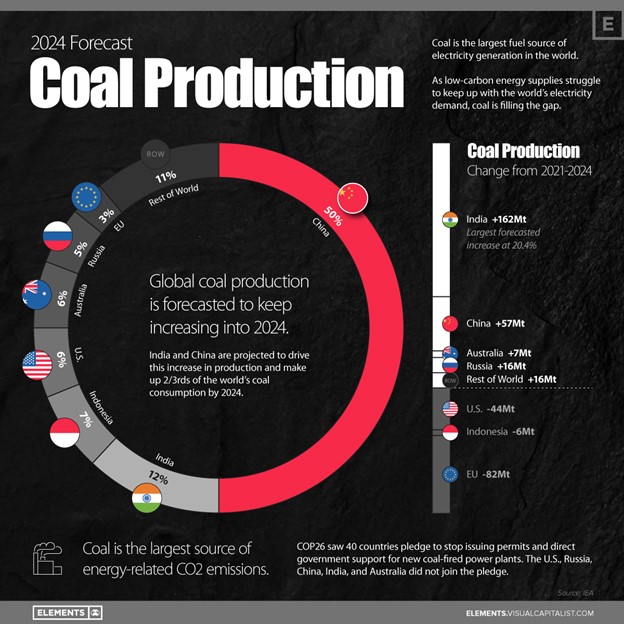I attended Electric Power Research Institute’s Electrification 2022 Conference in Charlotte a couple of weeks ago. As a critical thinker and engineer, I often listened and thought, what about this or that, what does that look like at scale, or what you really need to do is ___.
Silos of Excellence
Everyone seems to think about an endpoint where the entire country will run on solar panels, windmills, heat pumps, and electric vehicles. No one talks about what must happen between here and there. The silos of excellence include:
- Our industry and associated tiny departments representing utilities expect a 100% electrified world in just a few years.
- Vast expansion (I did not say conversion on purpose) of parasitic solar and wind generation by investor-owned companies.
- An electric storage industry that is grabbing all they can before someone figures out that will never be the answer to bridging gaps of intermittent renewables – at a cost that comes close to what developing countries will get for power using coal.
- A vacuum of thought on when and how power is used and when and how renewable energy is generated.
- Grid operators and utilities are reactive and stuck with guessing what the future holds.
As a garnish, if the United States and European countries electrify everything, it won’t matter from an emissions perspective because China, India, and Indonesia have already blown past the U.S. and Europe in coal consumption. They do not intend to pay more for renewables, storage, and a full set of backup generators to keep the lights on. If it were cheaper or improved life, comfort, and productivity, it’s good. There is some of that, for sure. But much of it will cost dearly.


I attended a workshop on heat pumps. Like everything, heat pumps have their place for specific use cases. I agree with this website that air-source[1] heat pumps are suitable for stand-alone applications in Region 3 and warmer climates from the map below. One demonstration project from the workshop included a new home that drew an average peak demand in the coldest weather of 7-8 kW for the heat pump alone. The kW plot showed cycling between the heat pump and resistance (toaster) coils[2].
Yeow! That compares to a summer peak of about 5 kW per home, not necessarily coincident with grid peaks.
A long-term and better option for the northern two regions may be ground source heat pumps – a forty-year-old technology that had boom times in the late 90s and aughts. Ground source is a better option because the heat sink (earth) temperature is much more stable than air source’s heat sink (outdoor air).
Some public utilities have successfully deployed lease-to-purchase agreements for ground-loop heat exchangers. Financing periods run 20 years and are included on customer bills, removing a huge barrier. Unlike HVAC equipment with roughly 15-year expected lifetimes, ground loop heat exchangers are projected to last at least 50 years. Utilities, including investor-owned, and their regulators need to explore this for any extensive penetration of HVAC electrification up north.
Electric Vehicles
Cold weather is like a bad cold to the electric vehicle, stunting its performance by reduced battery capacity, greatly increased need for battery power for heat to keep windows defrosted, and concurrent increased rolling resistance of frozen, stiff tires. But aside from that, the sun shines during the day – yes? Where are EVs during the day? In some parking lot, garage, or ramp at work, or on the road to get provisions or transporting kids. EVs get charged at night, to the tune of 80-90%. Do you see a problem here?
The industry and federal government are focused on fast chargers along traffic corridors so EV enthusiasts can drive coast to coast without hassle. Not many people drive coast to coast. This reminded me of a recent article in The Wall Street Journal; I Rented an Electric Car for a Four-Day Road Trip. I Spent More Time Charging It Than I Did Sleeping. Before you go off on the story of these two young ladies behind the story, they are ordinary folks and not EV nerds. Like the vast majority of common people, they do not live for technology or plan their life around a battery and the electric grid.
The car was Kia EV6 with a 310-mile range. They mapped the course with public charging stations from New Orleans to Chicago, and back. Most of those stations were Level 2, requiring eight hours for a full charge, as opposed to refueling with 87 octane in a few minutes with time to spare for the kids to return from the truck stop bathrooms. They reported spending $175 for charging versus $275 it would have cost for gasoline in a Kia Forte.
They spent time hunting down various “fast” chargers at dealerships and even a Harley store. They called day one an electric car hazing – not bad humor! One woman they met described a harrowing trip in her Volkswagen ID.4. She had to be towed twice while driving between her Louisville, Ky., apartment and Boulder, Colo., where her daughter was getting married. That won’t sell many cars.
After leaving Chicago, one tells the other, “I might write only about the journey’s first half. The rest will just be the same, I predict.” To which the other replies, “Don’t say that! We’re at the mercy of this goddamn spaceship.” She still hasn’t mastered the lie-flat door handles after three days. Very hilarious.
On the way out of Chicago, they started with a 100-mile cushion to reach the first charging destination, but that cushion dwindled to 30 miles. “If it gets down to 10, we’re stopping at a Level 2.” Geez, this sounds like fun! The rest is hilarious as they run out of juice after shutting down the AC and other ancillaries to get as far as they can.
To be continued…
[1] Exchanges heat with air outdoors.
[2] Slides and details requested from EPRI.
